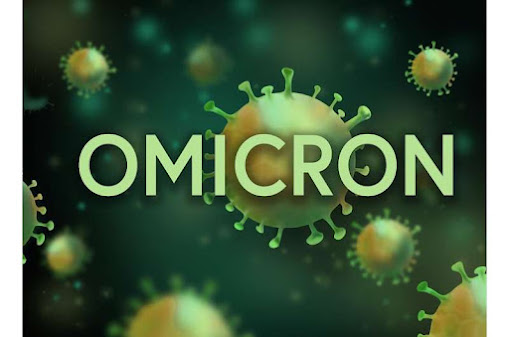ECMO may offer sickest COVID patients chance for 'exceptional survival'
ECMO may offer sickest COVID patients chance for 'exceptional survival'
A few patients with extreme COVID-19 who are treated with extracorporeal layer oxygenation (ECMO) may encounter huge lung recuperation and return to typical lives with "significant" long haul results, as per research distributed web-based today in The Annals of Thoracic Surgery.
"Our work recommends that with fittingly chose patients and forceful administration systems, the utilization of ECMO support for serious COVID-19 can bring about outstanding early endurance, and these patients who leave the emergency clinic without the requirement for oxygen treatment are probably going to stay fit as a fiddle 1 year after the fact," said Deane E. Smith, MD, from NYU Langone Health in New York City, New York.
Dr. Smith and associates distinguished 415 patients who were owned up to the emergency unit of NYU Langone Health from March 10, 2020, through May 1, 2020, with affirmed COVID-19 contamination. Of these patients, 30 (7.2%) got venovenous (VV) ECMO-a high level life support machine that assumes control over the capacity of harmed lungs.
The greater part of the ICU patients-323 (77.8%)- were intubated for mechanical ventilatory help. Be that as it may, as indicated by Dr. Smith, the ventilator might harm the lungs further and "make an endless loop" for patients with extreme lung sickness or harm who are intubated. At times, VV-ECMO might bring about diminished help from the ventilator, limiting harm to the lungs and permitting them to start recuperating. Hence, 80 patients (19.3%) were assessed for VV-ECMO, with 30 (7.2%) in the end getting it.
"These patients got ECMO for serious COVID-19 during the tallness of the pandemic in New York City when very little was had some significant awareness of the probability for progress," said Dr. Smith.
The specialists announced that 28 patients (93.3%) endure VV-ECMO. These patients were hospitalized for a middle of 45 days and upheld on VV-ECMO for a middle of 19 days. Critically, 27 patients (90%) were released home or to intense restoration. No patients left the emergency clinic subject to a ventilator, and just a single patient required supplemental oxygen.
As per Dr. Smith, patient choice was a huge variable that affected the progress of VV ECMO. The choice way of thinking was that this was not a "bailout" or rescue treatment to be utilized without any different choices. All things being equal, VV-ECMO was proposed to patients accepted to have a sensible opportunity for endurance with this help.
"We were struck by the quantity of youthful, in any case solid patients who were kicking the bucket from the infection. Along these lines, we felt patient determination was vital," he said.
Dr. Smith further cleared up that the choice for offer ECMO support likewise was affected by the seriousness of lung illness and potential for endurance. "In the event that there was one subject all through our experience, it was the manner by which we would characterize achievement. We didn't feel that utilizing ECMO to have patients endure just to go to long haul offices weakened and vent-subordinate was effective, or not really fruitful. As such, we started in light of the end. Assuming we planned to offer patients ECMO for serious COVID-19, it was on the grounds that we accepted that we could safeguard the lungs and permit patients to get back to their ordinary lives toward its finish."
While patient determination was significant, a normalized way to deal with patient administration and safeguarding the lungs was similarly important. This included: not going astray from lung defensive ventilation systems, early tracheostomy (an opening precisely made through the neck into the windpipe) and regular bronchoscopy (a methodology to gaze straight toward the aviation routes in the lungs utilizing a slight, lit tube), treatment of coinfection, and normalization of an anticoagulation routine (to assist with forestalling blood clumps). Furthermore, to assist with further developing oxygenation, the group oftentimes situated patients who were not recuperating as fast true to form on their mid-regions, otherwise called "proning."
"It's important that the vast majority of these things, for example, bronchoscopy or tracheostomy were not viewed as protected in patients with COVID-19 toward the beginning of the pandemic," said Dr. Smith. "Our group was forceful with these intercessions significantly sooner than most medical clinics."
Critically, at a middle development of 10.8 months since the patients were treated with VV-ECMO, endurance was 86.7%, including one patient who went through lung transplantation. A 6-minute walk test was acted in 16 patients (59.3%) with a middle worth of 350 meters, which the analysts called "empowering."
"We discovered that lung recuperation was really conceivable. At the point when the pandemic began, that was not satisfactory," said Dr. Smith.




Comments
Post a Comment